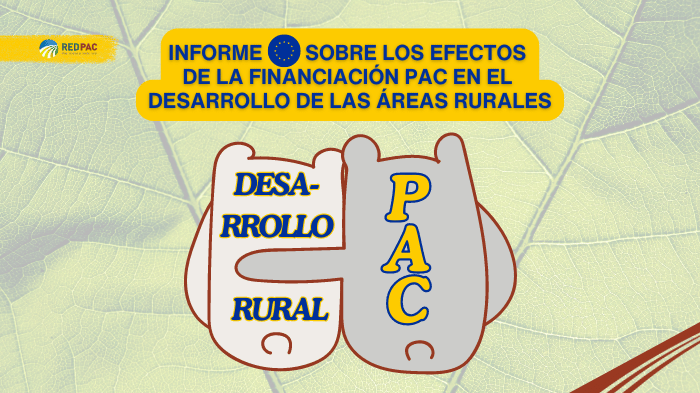
19 de July de 2024
According to the report, small-scale projects and grassroots (local) approaches are the most effective supports, recognizing that new strategies must adopt holistic policy approaches to better target the CAP and other EU funds to rural areas.
- The European Commission issues a report on the effects of CAP funding on the development of rural areas, also known as the second pillar.
- The new report concludes that the results are visible in grassroots and local projects, to which the LEADER strategy contributes significantly.
The Common Agricultural Policy ( CAP ) is not just about agriculture. In fact, between 2014 and 2022, the CAP has allocated €8.6 billion to support non-agricultural activities in rural areas. This demonstrates the CAP's role not only in supporting farmers and agriculture, the so-called first pillar, but also in developing rural areas , or the second pillar of the CAP.
To raise awareness of the impact of such aid in rural areas, the European Commission has just published a report assessing the effects of CAP funding on these areas through various funds, primarily through LEADER .
The study shows that having a comprehensive strategy helps Member States efficiently direct CAP funding to rural areas. In this structuring, the Long-term vision for rural areas .
Small-scale effects
Of the €8.6 billion spent under the CAP as of 2021, the study concludes that the most effective support lies in grassroots (local) approaches and small-scale projects.
Hence, it is recognized that, as the needs of rural areas become increasingly complex, new strategies should adopt holistic policy approaches to better target the CAP and other European Union (EU) funds to rural areas in the future.
The report's compilation of "good practices" includes projects such as investments in the construction of new public roads and the implementation of renewable energy solutions , or the transformation of abandoned houses into community centers . Similarly, the CAP has helped create spaces that offer digital services to rural communities , providing opportunities for training sessions, sporting events, performances, or local school meetings.
Local rural authorities also receive EU funding to digitalize their operations, improve access to services , promote environmental awareness , and support rural start-ups in developing innovative technologies .
Each of these projects seeks to improve rural living conditions and access to services, directly contributing to the creation of more developed local communities.
The role of LEADER
The LEADER approach plays a key role in this report, with an evaluation study own and independent from the previous one, in which the effects of LEADER on the local development of rural areas during the period 2014-2022 are analyzed.
It is clear that LEADER has created almost 60,000 jobs during this period through 2,700 Local Action Groups ( LAGs ) covering a rural population of 170 million people.
Rural Tool Kit
In 2024, the EU published a comprehensive virtual guide called the "Rural Kit" or "Rural Toolbox": a platform that centralizes all types of financing available to rural areas in Europe.
This tool was created within the European Commission's long-term vision for rural areas in Europe, specifically to provide not only practical information but also examples of good practices developed with funding and direct links to local resources in each area.











